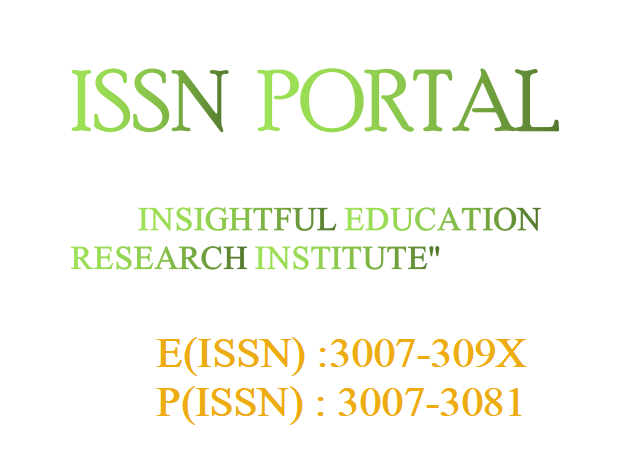COMPARISON OF PERINEAL MASSAGE VERSUS ROUTINE CARE TO IMPROVE OUTCOME OF LABOR IN PRIMIGRAVIDA FEMALES
DOI:
https://doi.org/10.62019/vh0nqx77Keywords:
Perineal Massage, Episiotomy, Perineal Tear, Second Stage Of Labor, Primigravida, Vaginal Delivery, Labor OutcomesAbstract
Background: Perineal trauma and episiotomy remain prevalent concerns in primigravida women undergoing vaginal delivery, often leading to prolonged recovery and increased postpartum morbidity. Antenatal perineal massage has been proposed as a simple intervention to reduce such complications and enhance labor outcomes.
Objective: To compare the effects of antenatal perineal massage versus routine care on labor outcomes, particularly the duration of the second stage of labor, incidence of perineal tears, and episiotomy rates in primigravida females.
Methods: This randomized controlled trial was conducted at the Department of Obstetrics and Gynecology, Lady Willingdon Hospital, Lahore, over six months. A total of 180 primigravida women aged 18–35 years and at ≥32 weeks gestation were enrolled via non-probability convenience sampling and randomly allocated into two groups (n=90 each). Group A received perineal massage during active labor (twice, each for 10 minutes using olive oil), while Group B received routine care. The primary outcomes assessed were duration of the second stage of labor, incidence of perineal tears, and episiotomy rates. Data were analyzed using SPSS version 26, with independent t-tests and chi-square tests used for comparisons. A p-value <0.05 was considered statistically significant.
Results: The mean duration of the second stage of labor was significantly shorter in the perineal massage group (52.5 ± 15.4 min) compared to the routine care group (72.3 ± 20.1 min, p<0.001). Perineal tears occurred in 8.9% of the massage group versus 20% of the routine care group (p=0.036). Episiotomy was required in 42.2% of women in the massage group compared to 72.2% in the routine care group (p<0.001). Stratified analysis by age and BMI showed consistent improvements in the massage group.
Conclusion: Antenatal perineal massage improves labor outcomes of primigravida females greatly by decreasing the length of the second stage of labor, perineal tears, and episiotomy. Considering its simplicity, affordability, safety, this modality should be a standard recommendation in antenatal care, for primigravida women.
Downloads
Downloads
Published
Versions
- 2025-07-06 (2)
- 2025-07-05 (1)







